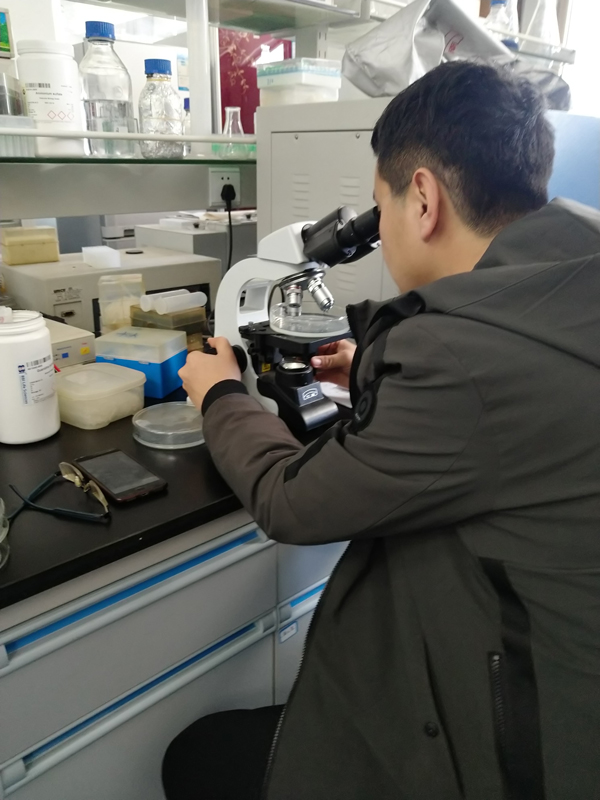Nov . 25, 2024 10:26 Back to list
buy do pear trees need auxiliary pollination
Do Pear Trees Need Auxiliary Pollination?
Pear trees, with their beautiful blossoms and delicious fruit, are a delightful addition to many gardens and orchards. However, one might wonder whether these charming trees require auxiliary pollination to bear fruit. Understanding the pollination needs of pear trees is crucial for successful fruit production and maintaining healthy trees.
Basic Pollination Principles
Pollination is the process by which pollen from the male part of a flower (the stamen) is transferred to the female part (the stigma), leading to fertilization and the development of fruit. While some plants are self-pollinating, many others require pollen from a different tree or variety to set fruit. Pear trees, particularly those of the European and Asian varieties, exhibit a combination of self-compatibility and dependency on cross-pollination.
Self-Pollination vs. Cross-Pollination
Generally, pear trees are considered partially self-pollinating. This means some varieties can produce fruit without needing another tree for pollen. However, while self-pollination can occur, the fruit set is maximized when cross-pollination takes place. Cross-pollination involves the transfer of pollen from one tree to another, ideally from a different variety that flowers at the same time. This not only increases the quantity of fruit but also enhances its quality.
The Importance of Pollinators
The role of pollinators, such as bees and other insects, cannot be overstated in the pollination process of pear trees. These creatures visit flowers to collect nectar and pollen, inadvertently transferring pollen between flowers as they move from tree to tree. This natural process is essential for achieving higher fruit yields, as it facilitates effective cross-pollination. Without adequate pollination, fruit production may be low, and the quality of the pears might not reach their full potential.
Choosing the Right Varieties
To maximize fruit production in a pear orchard, it's essential to select compatible varieties that bloom simultaneously. Some popular European pear varieties include Bartlett, Bosc, and Anjou, while Asian varieties like Shinseiki and Shinko are also favored. It is advisable to plant at least two different varieties of pear trees in proximity to each other to ensure effective cross-pollination. This practice not only boosts yields but also contributes to a more diverse and resilient garden ecosystem.
buy do pear trees need auxiliary pollination

Factors Affecting Pollination
Several factors can influence the pollination process in pear trees. Weather conditions during the flowering period are critical; ideal temperatures and dry weather enhance bee activity, leading to improved pollination rates. Conversely, heavy rain, wind, or cold snaps can deter pollinators and negatively impact the pollination process. Additionally, the health of the trees, availability of water, and soil conditions can also affect fruit set and overall tree vitality.
Enhancing Pollination
To support and enhance pollination in pear orchards, gardeners can take a few practical steps
1. Plant Companion Flowers Including flowering plants such as lavender or clover nearby can attract more pollinators to the area.
2. Avoid Pesticides Reducing or eliminating pesticide use during the blooming period can protect beneficial insects and improve pollination rates.
3. Plant Pollinator-Friendly Varieties Certain varieties are known to attract more pollinators due to their flower structure or fragrance, helping to boost fruit production.
4. Maintain Healthy Trees Regular care, including proper watering, fertilization, and pruning, will keep trees robust and more likely to produce plentiful blossoms.
Conclusion
In summary, while some pear trees can self-pollinate to a certain extent, auxiliary pollination significantly enhances fruit set and quality. By understanding the ecological dynamics of pollination and implementing practices that support both natural pollinators and compatible tree varieties, gardeners can enjoy bountiful harvests from their pear trees. The combined efforts of nature and the informed choices of growers lead to delicious pears that can be cherished for many seasons.
-
Artificial Pollination Solutions for All Plant Pollen Types
NewsJul.29,2025
-
Premium Plant Pollen for Pure Pollination & Pollen Block Solutions
NewsJul.29,2025
-
Artificial Pollination Solutions for Efficient Crop Yields
NewsJul.28,2025
-
Premium Cherry Pollen for Pure Pollination & Different Types of Pollen
NewsJul.28,2025
-
Eco-friendly Fruit Paper Bags with Pollen Block Technology
NewsJul.26,2025
-
Premium Kiwi Pollen for Sale – Fresh Male Kiwi Pollen Supplier
NewsJul.25,2025